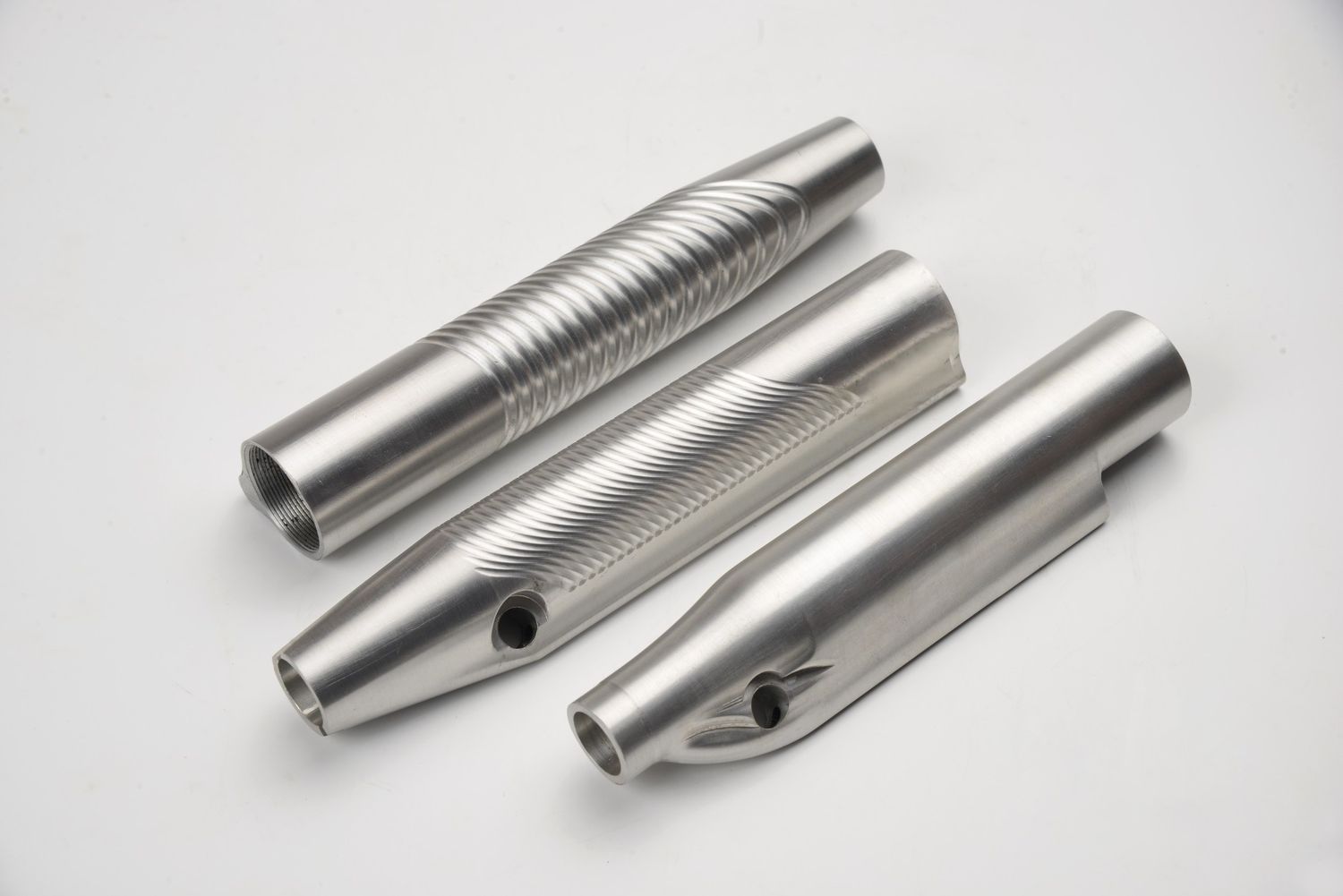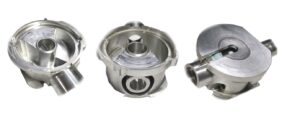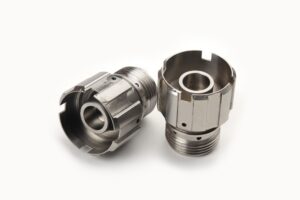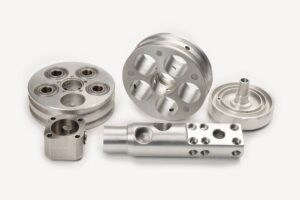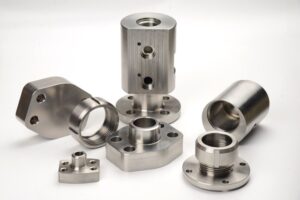Description
Here are some key aspects related to machining surgical device assembly parts:
- Materials:
Surgical devices are often made from high-quality materials such as stainless steel, titanium, and medical-grade plastics. These materials are chosen for their biocompatibility, corrosion resistance, and strength. - Precision Machining:
Precision is paramount in the production of surgical device components. CNC machining is commonly utilized to achieve high levels of accuracy and repeatability in the manufacturing process. This ensures that the components meet tight tolerances required for surgical applications. - Complex Geometries:
Surgical instruments often have complex shapes and intricate geometries. Machining processes, such as multi-axis milling and turning, are employed to create these intricate features accurately. - Surface Finish:
The surface finish of surgical components is crucial to prevent tissue damage, minimize the risk of infection, and facilitate easy cleaning and sterilization. Machining processes are carefully controlled to achieve the desired surface finish, and additional finishing processes, such as polishing or coating, may be applied. - Cleanliness and Sterilization:
Surgical devices must adhere to strict cleanliness and sterilization standards. Machining facilities may implement cleanroom environments, and components are often subjected to specialized cleaning and sterilization processes to meet regulatory requirements. - Tight Quality Control:
Quality control is paramount in the production of surgical device components. Machining shops may implement rigorous inspection processes, including dimensional checks, surface finish inspections, and material testing, to ensure the highest quality standards are met. - Prototyping and Customization:
Machining allows for the rapid prototyping of surgical device components, enabling manufacturers to test and refine designs before full-scale production. Additionally, customization is often required to meet the specific requirements of different surgical instruments and devices. - Regulatory Compliance:
Surgical device manufacturers must adhere to regulatory standards set by organizations such as the U.S. Food and Drug Administration (FDA) or the European Medicines Agency (EMA). Compliance with Good Manufacturing Practice (GMP) and ISO standards is essential to ensure the safety and efficacy of the products. - Small to Medium Batch Production:
Surgical device assembly parts may be produced in relatively small to medium-sized batches. CNC machining allows for efficient production of these batches while maintaining high precision and quality.
In summary, machining plays a crucial role in the production of surgical device assembly parts, where precision, cleanliness, and adherence to regulatory standards are essential. Advanced machining technologies and quality control measures are employed to ensure that the components meet the stringent requirements of the medical industry.





